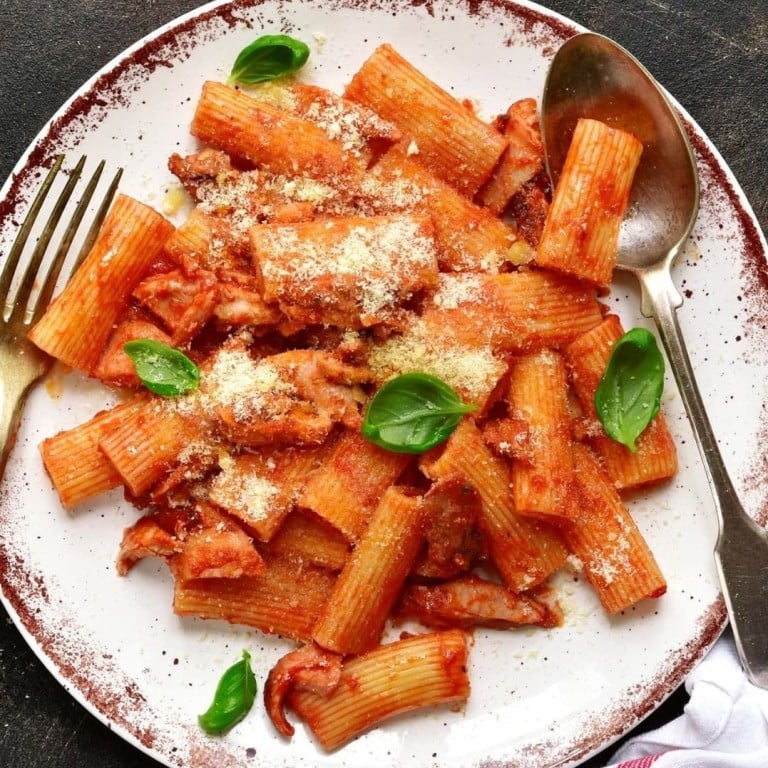5 of Italy’s weirdest foods – if you’re brave enough to try them

The pursuit of Italy’s culinary delights is not for the faint hearted, and if a pork blood pudding from Tuscany, and a cheese with maggots from Sardinia, haven’t put you off, try these
Italian cuisine is among the most popular in the world, and pizza and pasta can be found everywhere, but these barely scratch the surface of the food scene in this boot-shaped country. However, the pursuit of Italy’s culinary delights are not for the faint hearted. Dishes such as Sanguinaccio dolce, a pork blood pudding or cake from Tuscany, and Casu marzu, a cheese with maggots in Sardinia, test the limits of visitors. If these haven’t put you off, here are five more dishes to try.
Panino con il Lampredotto
Visitors to Florence are often unsure whether to try this dish. Panino means sandwich in Italian, which isn’t out of the ordinary, however, Lampredotto refers to tripe, aka beef stomach. This is usually cooked with herbs and broth in a slow stew. The lampredotto is then chopped as filling for the sandwich with the addition of a spicy sauce. The result is a tangy and flavourful taste, though the texture might be too soft for some to handle.
Pani câ Meusa
Another sandwich but from the southern Mediterranean island of Sicily, Pani câ Meusa is only found in the city of Palermo. A street food that can be eaten in the main market, the fillings consist of cow spleen and lung. The innards are deep fried in lard and can be served with or without cheese, most commonly ricotta or caciocavallo. The sandwich is referred to as “married” when it is served with cheese, and “single” without cheese. The recipe was reputedly created by the poor Jewish community in the 11th century to make use of animal parts, and still beloved by Palermo citizens today.
Cervelli fritti




